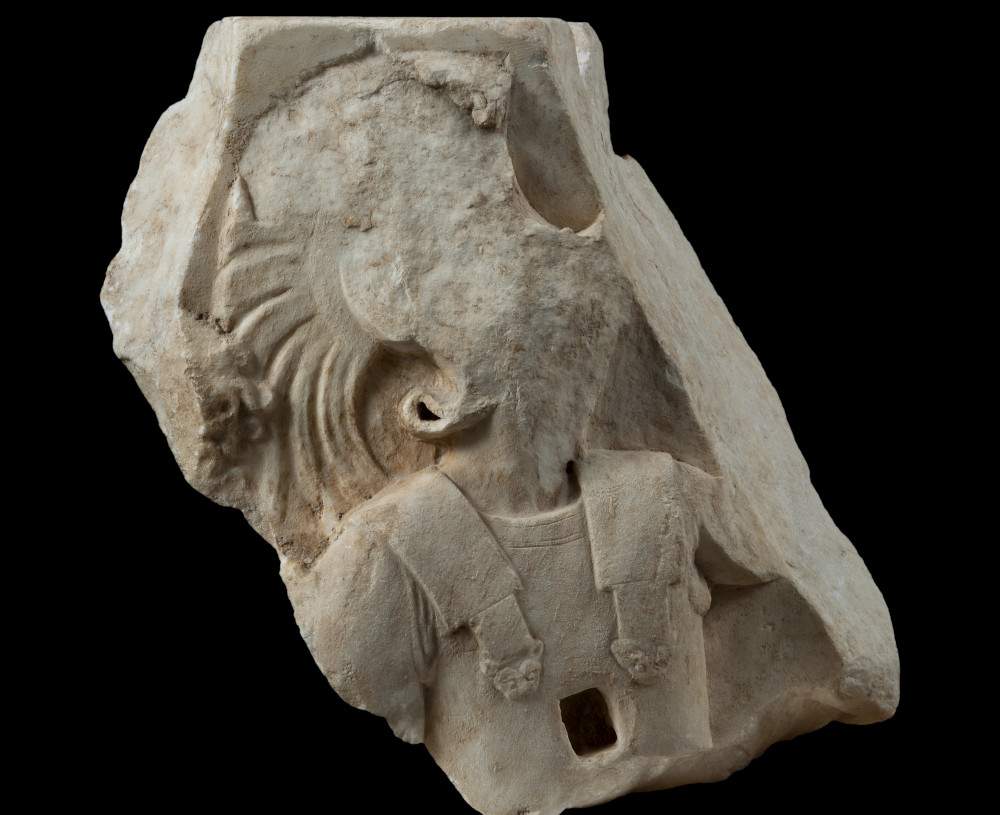From Nov. 24, 2023, to May 5, 2024, the Capitoline Museums - Villa Caffarelli in Rome will host for the first time in Italy a monographic exhibition dedicated to Phidias, the greatest Greek sculptor of the classical age linked to the construction and decoration of the Parthenon. Promoted by Roma Capitale, Assessorato alla Cultura, Sovrintendenza Capitolina ai Beni Culturali, and curated by Claudio Parisi Presicce with the organization of Zètema Progetto Cultura, the exhibition inaugurates the cycle of five exhibitions I Grandi Maestri della Grecia Antica, which aims to introduce the main protagonists of Greek sculpture to the general public.
The exhibition dedicated to Phidias will therefore guide visitors to discover his art, tracing his life, career and the historical and cultural context in which he worked, through multimedia installations, archaeological finds, Greek originals and Roman replicas, paintings, manuscripts and drawings. More than 100 works come from the world’s most important museums, such as the British Museum in London, the Acropolis Museum and National Archaeological Museum in Athens, the Museum of Olympia, the Kunsthistorisches Museum in Vienna, the Metropolitan Museum of Art in New York, the Vatican Museums, the Louvre Museum in Paris, as well as from important Italian institutions such as the Archaeological Museum in Bologna, the Academy of Fine Arts in Ravenna, the Archaeological Museum in Naples and the Cambellotti Archives.
Among the exhibits are some original fragments of the Parthenonian frieze, lent exceptionally by the Acropolis Museum in Athens and never before brought out of Greece; the vase engraved with the inscription “Pheidiou eimi” (I am of Phidias) from the Archaeological Museum of Olympia, one of the rare personal objects that belonged to a famous personage of antiquity and that have come down to us; the replica of the shield of Athena Parthenos, the so-called Strangford shield - a Roman-era copy in Pentelic marble of the original belonging to the statue of Athena made of gold and ivory and placed in the cella in the Parthenon - from the collection of the British Museum; the bronze statuette of a craftsman, from the mid-first century B.C.C., probably depicting Phidias himself and from the Metropolitan Museum of Art in New York; the marble head of Athena Lemnia, an Augustan copy of a Pheidian original, from the Museo Civico Archeologico in Bologna; and the Hamilton Codex 254 (Staatsbibliothek zu Berlin), a 15th-century manuscript containing the first image of the Parthenon to arrive in Europe, a sketch made by the humanist Ciriaco de’ Pizzicolli of Ancona.
For more info visit www.museicapitolini.org
Hours: Daily from 9:30 a.m. to 7:30 p.m.
“Exhibition only” ticket: Full 13 euros, reduced 11 euros.
Image: Fragment from the north frieze of the Parthenon with Hoplite (From Athens, Acropolis; Pentelic marble, 447-438 BC. Athens, Acropolis Museum, inv. Acr. 3369) © Hellenic Ministry of Culture /Acropolis Museum.
 |
| In Rome, Italy's first monographic exhibition dedicated to Phidias. Also exhibited are some original fragments of the Parthenonian frieze |
Warning: the translation into English of the original Italian article was created using automatic tools. We undertake to review all articles, but we do not guarantee the total absence of inaccuracies in the translation due to the program. You can find the original by clicking on the ITA button. If you find any mistake,please contact us.